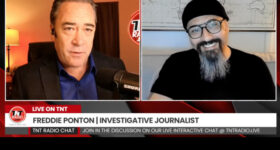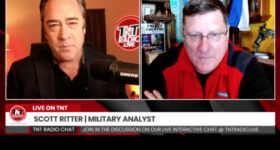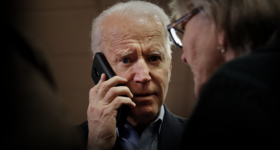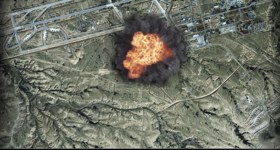21st Century Wire says…
Imagine living in an age where your tax dollars are being spent sending government agents into virtual gaming environments in order to snoop, and to recruit “informants”.
Believe it or not, that’s what is happening today…
The NSA and the UK’s GCHQ spying agencies have collected players’ charts and deployed real-life agents into online World of Warcraft and Second Life games, a new leak by whistleblower Edward Snowden has revealed.
An NSA document from 2008, titled “Exploiting Terrorist Use of Games & Virtual Environments,”was published Monday by The Guardian in partnership with The New York Times and ProPublica.
In the report, the agency warned of the risk of leaving games communities under-monitored and described them as a “target-rich communications network” where intelligence targets could “hide in plain sight.”
The document showed that the US and UK spy agencies were collecting large amounts of data in the Xbox Live console network, which has more than 48 million players.
Real-life agents have been deployed into the World of Warcraft multiplayer online role-playing game and the virtual world of Second Life, in which people interact with each other through avatars.
The NSA and GCHQ also tried to recruit potential informants among the gamers, the report said.

A visitor plays the computer game “World of Warcraft” at the world’s biggest high-tech fair, the CeBIT (AFP Photo / Nigel Treblin)
The NSA had so many agents inside the games that a special “de-confliction” group was set up to make sure they wouldn’t hamper each other’s operations.
If analyzed properly, the online games can become a major source of intelligence data, the unnamed author of the paper stressed.
They could be used to build pictures of the players’ social networks, obtain their photos and geographical locations, as well as gather their communications. The games were also a convenient window for hacking attacks, the report said.
However, the document provided no information about terrorist plots uncovered via online games surveillance, or any proof of terrorist organizations using them for communication.
The document only stated that: “Al-Qaeda terrorist target selectors… have been found associated with XboxLive, Second Life, World of Warcraft, and other GVEs [Games and Virtual Environments].”
Other NSA targets mentioned in the report include “Chinese hackers, an Iranian nuclear scientist, Hezbollah and Hamas members.”
The paper provides only one example when spying in online games managed to produce a piece of usable intelligence data.
After the closure of a website, which sold stolen credit cards details, GCHQ managed to follow and establish contact with the swindlers, as they moved their business to Second Life.

Screen grab shows a player entering the virtual campaign headquarters of French comunist party “PCF”, located on the “Second life” on-line game. (AFP Photo)
The World of Warcraft creators from Blizzard Entertainment said that they had not given permission to NSA or GCHQ to gather intelligence inside the game, and were “unaware of any surveillance taking place.”
Microsoft and Linden Lab, the company behind Second Life, declined to comment on the issue when approached by Guardian journalists.
According to the document, the NSA bosses took some persuading to launch the surveillance program in XboxLive, Second Life and World of Warcraft amid concerns that those behind the program only wanted to play games at their desks during working hours.
Concerns that the games could be used to “reinforce prejudices and cultural stereotypes” were also expressed in the Snowden-leaked document.
It mentioned the ‘Special Forces 2’ game, which was developed by the Lebanese Hezbollah movement, and was used as a “radicalizing medium” to recruit and train “suicide martyrs.”
But the document acknowledged that Hezbollah had only taken a leaf out of the book of the US Army, which produced a free-to-download game for its recruitment page.
The surveillance operations raise concerns about gamers’ privacy, as the ways used to access people’s data and how much communications data is harvested are unspecified, the Guardian said.
It was not clear how the NSA could avoid spying on innocent American citizens, whose nationality and identity were hidden behind their virtual avatars.
Snowden’s revelations of vast domestic and international surveillance and data collection by the US and the UK have been making headlines since June.
For nearly a decade, the NSA used a warrantless web surveillance system with a near-limitless ability to spy on anyone’s phone calls, e-mails, search history and more, obtaining information from major Internet giants like Google, Apple and Facebook.
The leaks about the American intelligence services spying on emails and tapping phones of world leaders has provoked scandals between Washington and a number of countries in Europe, Latin America and Asia.
READ MORE NSA STORIES AT: 21st Century Wire NSA Files
–















